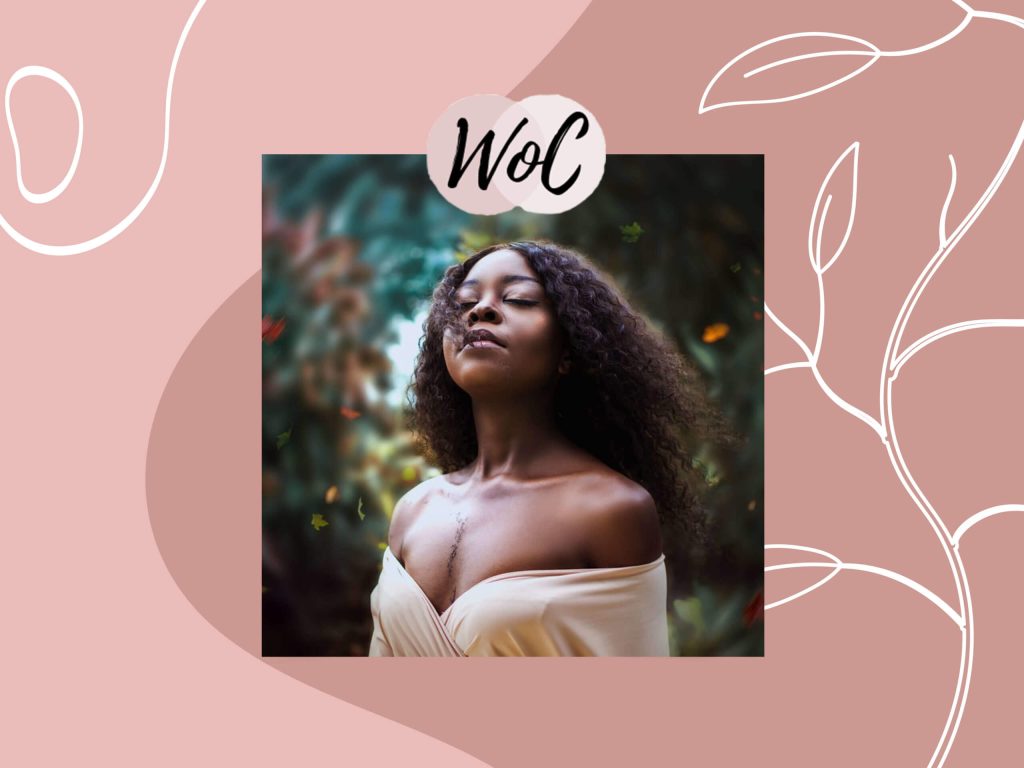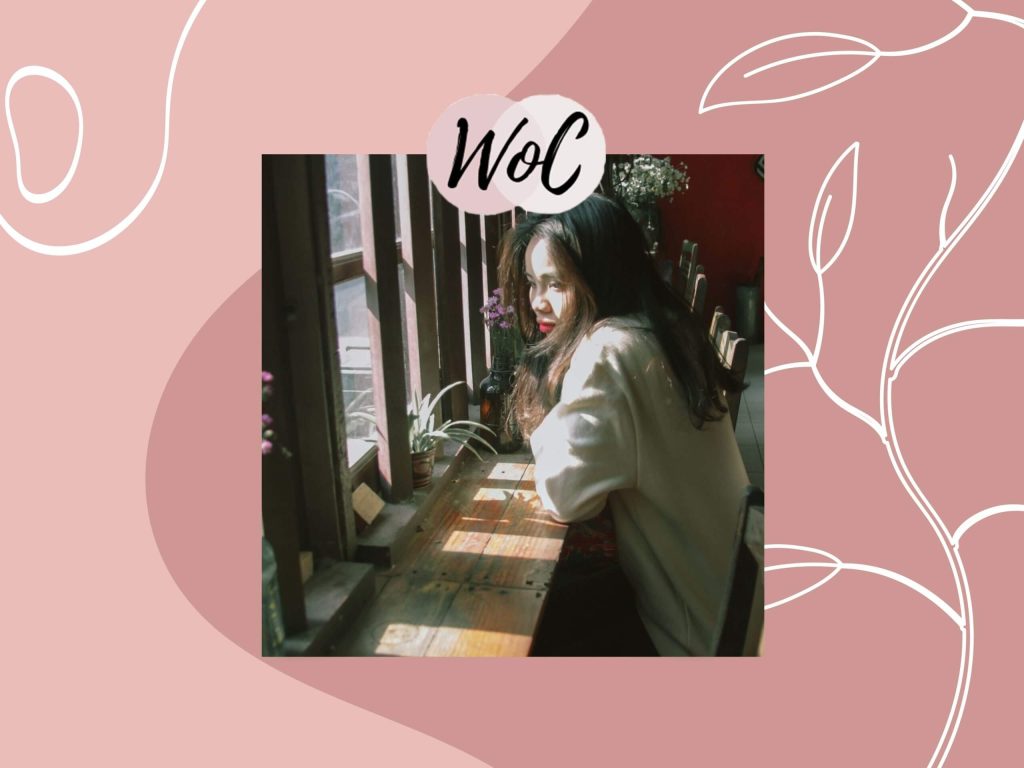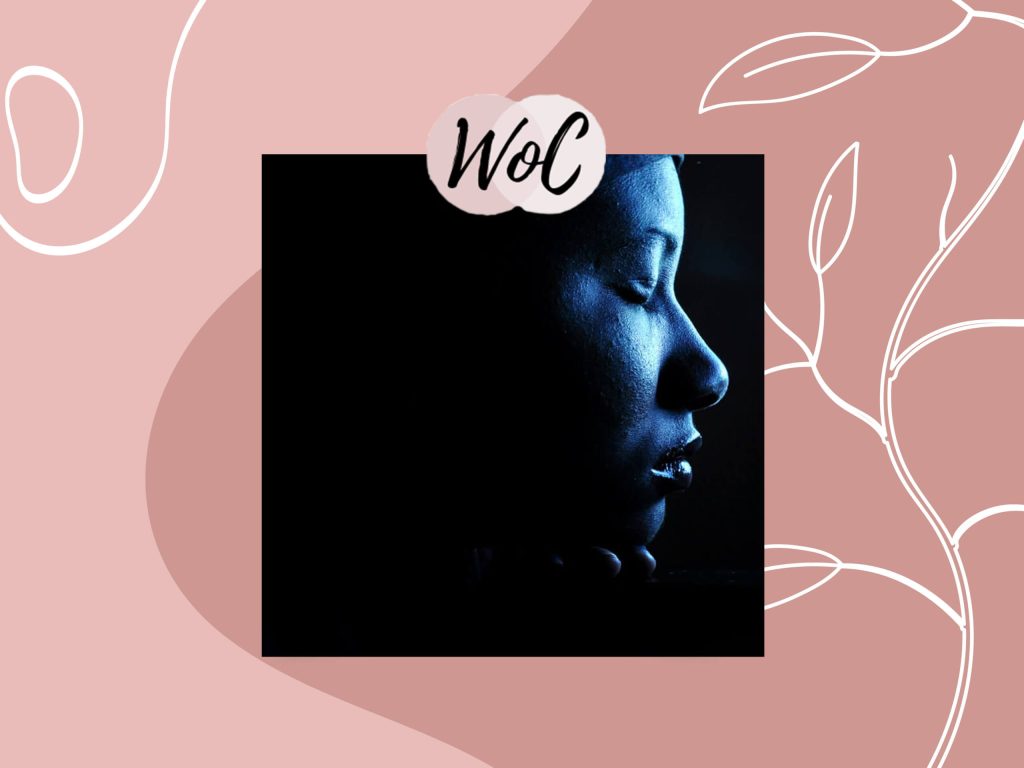Women of color face big challenges when trying to get treatment for mental health issues. But change is underway. From maternal mortality to breast cancer survival to mental health treatment, healthcare outcomes for women of color in the U.S. can be challenging. Shondaland decided to take a deep dive to uncover the root causes of this urgent problem, and to shine a light on the solutions that can bring inequities to an end.
If you struggle with mental-health issues, you know how difficult it can be to find the right help. It not only takes a tremendous amount of courage to seek treatment, but it takes a lot of time, dedication, and effort to find a mental-health provider who can meet you where you are. But for Black women and other women of color, the stress, anxiety, and fear of seeking help is more acute — finding proper help isn’t as easy as it is for their white counterparts. A key reason for this is a lack of providers of color and stereotypes around seeking mental-health help.
First, some context: According to a 2017 report from the U.S. Department of Health and Human Services, Office of Minority Health, women of color reported feelings of hopelessness, sadness, worthlessness, and like everything is an effort nearly twice as often as white women did. That’s before taking into account the events of the last year and their effects on the mental health of women of color. According to a report published in 2017 by the Substance Abuse and Mental Health Services Administration, in the year prior to the study, more than 7.5 million people received mental-health help. Compared to the national average, receipt of mental-health services was higher among non-Hispanic white adults and among those aged 45 to 64 and was lower among non-Hispanic Black adults, among Hispanic adults, and among those aged 18 to 25, according to the study. The reasons for this disparity, in general, come down to economic factors (poverty, job loss), lack of insurance, and social stigma.
Dr. Christine Crawford is the associate medical director at the National Alliance on Mental Illness (NAMI), an adult and child psychiatrist based in Boston, and is an assistant professor of psychiatry at Boston University School of Medicine. She says that, in most instances, people of color interact with the mental-health system during an emergency situation. She also says that it’s more likely that a person of color will be misdiagnosed and misprescribed antipsychotics at a more frequent rate because of implicit bias and racism in the health system.
“An irritable mood could be misinterpreted as having a psychotic illness,” Crawford says. “It’s unfortunate that in the interaction that they may have with the provider they may come across as hostile, which could result in medication or treatment that’s not right. We see higher rates of providers prescribing antipsychotics and a higher use of restraints in emergency situations because of implicit biases against Black people. Emergency-room providers who work in the psych ward or even first responders may have these unconscious biases, and they may perceive people of color as threatening or angry and dangerous, and so that’s why that type of approach is often used. A lot of this is secondary to the underlying systemic racism that we see in our healthcare system and the fact that people who are in positions of power view people who are Black in an inferior position.”
Originally published on Shondaland
Busting stigmas
There are many stigmas that come up around seeking mental health support — the conventional one being that if you seek help from a therapist, psychologist, or psychiatrist, you are somehow broken. Add in cultural norms sometimes present in communities of color — ideas like that of the “strong Black woman” — and you have an additional barrier to entry.
“When it comes to stereotypes, it’s important for Black women to know that they can experience anxiety and depression, and it’s not a reflection of them having some kind of character flaw. You can still be a strong Black woman and seek out mental health treatment. You’re even stronger if you do,” Crawford says. “If you are able to take care of yourself, you can continue to be that support system for everyone in your life. By going into therapy and taking medicine, you’re showing that you are doing the work and taking care of yourself first, and in turn that can be an incredible model for those you love around you. If people can see that you are getting the support you need, you can influence others who need it too.”
It’s not just Black women, either. According to Mental Health America, Asian-Americans are three times less likely to seek treatment or help than their white counterparts in the U.S. According to NAMI, Hispanic/Latinx communities face disparities in both access to and quality of treatment. Everything from stigmas about privacy and even cultural identity can impact whether or not women of color seek out help.
“In communities of color, there’s this idea of not telling anyone your business. We are moving beyond the shame and secrecy that has been common around seeking mental-health help now,” says Crawford. I think that we have to come out of silence in order to break these cycles of abuse, cycles of depression. It’s like women of color are finally coming out about their struggles. I think that what has been a byproduct of all the racial unrest is that we can no longer tolerate or uphold the ‘strong Black woman’ myth. Every colleague I have is flooded with clients because women of color are finally coming out and understanding, as Audre Lorde says, that self-care is the most revolutionary thing we can do.”
Crawford points out that, in communities of color, religion also often plays a significant role, especially if someone struggles with mental health. “There’s this traditional role that religion and the church play — that most women of color hear from their grandmothers and moms, and it’s that if you are struggling emotionally, you go to your church family. For some people, that’s not adequate. It’s important for people of color to know that if you feel like you need additional support, it’s not that God doesn’t love you, it’s just that you need to use an additional tool to help with your challenges in that moment.”
Very few mental-health providers are women of color
Crawford says that being able to connect with a mental health professional who can embody the experiences of women of color can be really vital to getting help.
But women of color have very few options when choosing a mental health provider of color. In fact, according to a data-point study published in 2020 by the American Psychological Association (APA), less than 5 percent of mental-health providers were Black. Asian providers made up about 4 percent, as did Hispanic providers. As the APA points out, the racial breakdown of providers does not reflect the makeup of the U.S., which poses a problem.
“There’s a significant lack of providers of color, especially psychiatrists and therapists,” Crawford says. “Only 2 percent of all psychiatrists are Black. And, given the historical context of racism and the treatment of Black women, there are tremendous barriers for women of color to get help. Women of color, just like anyone, become vulnerable by sharing and disclosing mental-health issues, whether it be anxiety or depression. Many women of color have concerns that the provider, if they are not a person of color, may not validate their experience and may not provide the appropriate types of support.”
While there is a significant lack of providers of color, there is some hope. As society becomes more attuned to implicit bias and systemic racism, more resources for people of color are coming online so that women of color can find and connect with providers of color around the country. Crawford suggests using resources like Therapy for Black Girls, Psychology Today, and Black Mental Health Alliance to find a provider of color. One thing that Crawford notes, however, is that most providers of color have been inundated with new patients, and it may take some time to get an appointment.
Tamika Lewis, a licensed social worker, is the founder and clinical director of WOC Therapy, based in Sherman Oaks, California. She echoes Crawford’s thoughts. She says that her business has grown faster than expected as more women of color seek out her team’s services. “I knew I wanted to build this. I didn’t know it was going to scale this quickly,” Lewis says. “We went from three therapists last year to seven now, and we’re still growing.” Lewis says that she is hoping to change how women of color see mental-health support and how they can get access to it.
“What we are trying to do with WOC is a lot of capacity building. We want to inform and empower our clients to where we can offer community — we don’t have to be reliant on the expert. There are resources already embedded in the community that can help support mental health. We want to challenge traditional notions of therapy and interventions for our women. Healing may not look like traditional therapy, and so we are playing with different definitions and ideas of what healing looks like and giving language to that. All that matters is that you are healing, and not necessarily how you get there,” Lewis says.
(Of course, for serious mental illnesses, such as major clinical depression, bipolar disorder, and schizophrenia, psychological therapy may not be enough to successfully treat the condition. In these cases, visiting a psychiatrist who can prescribe medication is often warranted.)
“Cultural competency is a hard thing to field for when you’re a patient looking for a therapist. That’s why it puts people at ease to immediately connect with someone of color because there is certain cultural awareness — the issues and nuances that women of color are dealing with, it’s really not something that you can teach. It comes from a place of experience.”
Crawford says that it’s essential to not get discouraged if you can’t get in to see a therapist of color. “If you aren’t able to find a Black provider, that doesn’t mean you should rule out the possibility of establishing care with a provider. There have been a lot of discussions about being culturally sensitive and how to approach interactions with patients of different backgrounds. There is greater awareness about how to address the mental-health needs given the current times we’re in now, and there seems to be more of an awareness about the role that racism and race play on one’s mental health. It is possible to establish a good relationship with a provider who isn’t of the same background as you.”
Lewis and Crawford have advice for women seeking a mental health provider to work with — regardless of race. They both say that it’s essential to come to the first interview with a suite of questions that get to the heart of what you are looking for in a mental-health provider.
“Look for certain language on their website,” Lewis says, “and be very direct around cultural competency. Ask what some of the issues that the therapist has dealt with or helped clients overcome around the issue. Get a feel for the overall vibe, their mission, and, if it jells with you, then it could be a good fit.”
“A reasonable question to ask is about a provider’s understanding of the role that race may play when it comes to mental health,” Crawford says. “Ask if they have had experience in providing mental-health treatment to someone who is Black or of a different cultural background. Ask about their approach to navigating it. If they don’t answer, or say that they are color blind, or don’t really see the role that racism would play in your treatment, that’s a signal that that provider may not be a good fit for you because they don’t have the understanding of where you are coming from.”
The toll Covid has taken
Job loss, economic stress, and the risk of Covid-19 exposure are all significant factors upping the mental and emotional toll for women of color.
According to the Center for American Progress, a think tank based in Washington, D.C., a disproportionate number of women of color work in front-line capacities. The mental and physical toll that work, especially in 2020, has taken is immense. As this study by the CAP, published in April 2020, notes:
“Women of color often stand at the intersection of multiple barriers, experiencing the combined effects of racial, gender, ethnic, and other forms of bias while navigating systems and institutional structures in which entrenched disparities remain the status quo. Many women of color have to grapple with negative stereotypes and attitudes that affect how they are treated at work, whether they can provide care for their families, and whether they can access the quality healthcare that they need without bias and discrimination.”
Additionally, women of color have been disproportionately impacted by the economic fallout from the Covid-19 pandemic. Job losses at the beginning of the pandemic hit women of color particularly hard. While the economy appears to be on a slight uptick as vaccines become more widely available and the economy begins to open up, the February jobs numbers showed a significantly disparate job recovery across both race and gender. Employment for Black women was 9.7 percent lower than it was in February 2020, while employment for white men, white women, and Black men was down 5 percent, 5.4 percent, and 5.9 percent, respectively, according to an analysis from CNBC.That means that women of color continue to face tremendous economic hardship while the rest of the country moves into recovery.
The future of mental healthcare for women of color
While there are some significant challenges and changes that the mental healthcare industry will have to make as we collectively dig deeper to uproot systemic racism in America, providers are offering a glimmer of hope for the future. These efforts include everything from improving diversified recruiting efforts at medical schools to better educating current mental-health providers, providing help in different formats, and destigmatizing mental health.
“There now has been a greater appreciation of the negative impact that racism has on the mental health of Black people,” Crawford notes. “This has been going on for years, and, because of the summer and the protests, more and more people have been sharing stories about the trauma they have been experiencing from racism. People have been tuned in and finally are seeing what it is that Black people have been seeing in this country for hundreds of years. Seeing this makes me encouraged. It’s like the shades have been lifted up, and all sorts of people are able to see the trauma, the toll. Now everyone can be hands-on and supportive in terms of making sure that Black people and people of color are getting the right support.”


